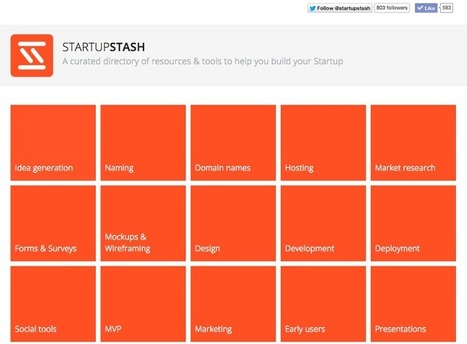Instead of refocusing Yahoo, Marissa Mayer is broadening the company. That's odd, given that Yahoo was once considered a bloated, obsolete leviathan. But it turns out giant internet conglomerates still have some big advantages....
Since Marissa Mayer took over as CEO of Yahoo last year, there’s been a lot of talk about how the famously detail-oriented ex-Googler will “refocus” the company. But it’s becoming increasingly clear that Mayer is broadening, not narrowing, Yahoo’s scope, cementing its once passé reputation as the original internet “portal.”
The latest sign of this trend came just this past weekend, when multiple reports had Mayer in talks to acquire the online television hub Hulu. Less than one week earlier, Yahoo announced it would pay $1.1 billion for microblog network Tumblr. Two months ago, the company paid a reported $30 million to buy news digest app Summly from a British teenager. The common thread: Yahoo keeps expanding into new areas, even though it was already a sprawling internet conglomerate when Mayer took control, with everything from movie listings to stock quotes to a photo-sharing social network to a news hub to a search engine. (And don’t forget the “OMG!” section.)
Yahoo’s mission creep is a useful case study in why web companies like Google and Facebook continue to grow their functionality and why startups keep selling to the seemingly bloated leviathans, even though tech advances have made it cheaper and easier than ever for software companies and web services to go it alone, and despite the fact that consumers are migrating to highly specialized mobile apps.......



 Your new post is loading...
Your new post is loading...



























Philip Chen offers some fresh thinking about managing quality and moving from start-up to operations.